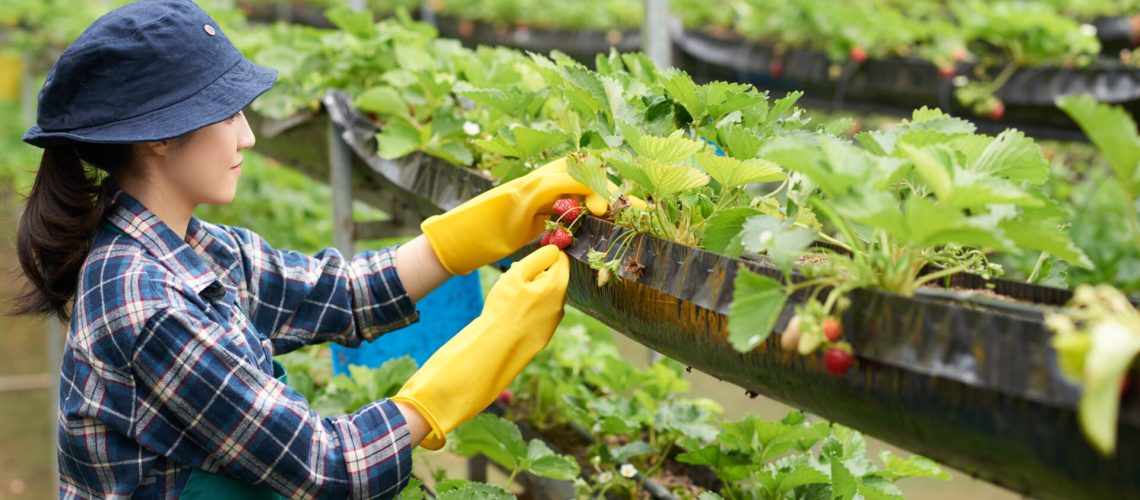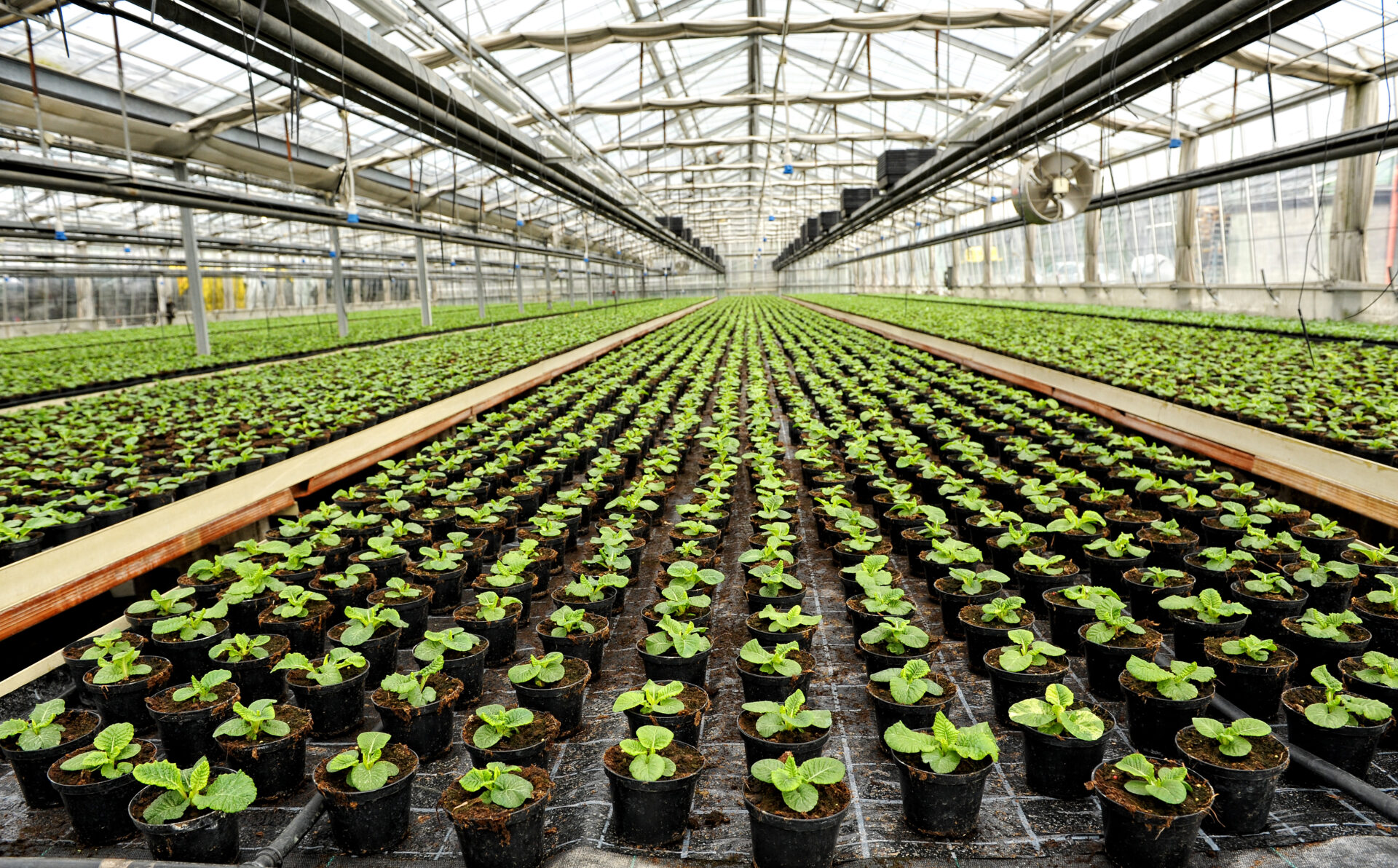In our modern world of convenience and abundance, it’s easy to forget that the food on our plates has a natural rhythm—a seasonal dance orchestrated by the changing seasons. Seasonal eating, the practice of consuming foods that are harvested at the peak of their season, not only connects us to the cycles of nature but also offers a host of benefits for our health, the environment, and local communities. Let’s explore why embracing seasonal eating can be a delicious and rewarding journey.
Harmony with Nature’s Bounty
Seasonal eating celebrates the diversity and abundance of nature’s offerings throughout the year. Each season brings forth a unique array of fruits, vegetables, herbs, and grains, each bursting with flavour and vitality when harvested at its peak. By aligning our diets with the seasons, we not only enjoy fresher, tastier produce but also support local farmers and sustainable agricultural practices.
Nutritional Excellence
Fruits and vegetables that ripen naturally in their respective seasons are at their nutritional best. Studies have shown that seasonal produce tends to be higher in essential vitamins, minerals, and antioxidants compared to out-of-season counterparts. For example, summer berries are rich in antioxidants, while winter squash is packed with vitamins and fibre. By eating seasonally, we nourish our bodies with the nutrients they need to thrive throughout the year.
Environmental Stewardship
Choosing seasonal produce is an environmentally conscious decision. By opting for fruits and vegetables that are in season locally, we reduce the need for long-distance transportation, which contributes to lower carbon emissions and fossil fuel consumption. Seasonal eating also supports sustainable farming practices such as crop rotation, soil conservation, and natural pest management, promoting biodiversity and soil health.
Culinary Creativity
Embracing seasonal eating encourages culinary creativity and exploration. As the seasons change, so do the ingredients available, inspiring us to try new recipes, cooking techniques, and flavour combinations. Whether it’s a refreshing summer salad, a hearty fall stew, or a comforting winter soup, seasonal ingredients offer endless possibilities for delicious and satisfying meals that nourish both body and soul.
Connection to Community
Seasonal eating fosters a deeper connection to local food systems and communities. By shopping at farmers’ markets, joining community-supported agriculture (CSA) programs, or participating in local food events, we support small-scale farmers and artisans while forging meaningful connections with our neighbours and fellow food enthusiasts. Sharing stories, recipes, and culinary traditions further enriches the experience of seasonal eating and strengthens community bonds.
Tips for Seasonal Eating
- Know What’s in Season: Familiarise yourself with the seasonal calendar in your region to know which fruits and vegetables are at their peak.
- Shop Local: Visit farmers’ markets, farm stands, or join a CSA to access fresh, locally grown produce.
- Preserve the Harvest: Take advantage of seasonal abundance by preserving fruits and vegetables through canning, freezing, or drying for year-round enjoyment.
- Experiment with Recipes: Get creative in the kitchen with seasonal ingredients, trying new recipes and culinary techniques to make the most of each season’s bounty.
In conclusion, seasonal eating is not just about what’s on our plates—it’s about embracing a way of life that honours the rhythms of nature, supports local communities, and nourishes our bodies and souls. By savouring the flavours of each season and celebrating the bounty of the earth, we can cultivate a deeper appreciation for the food we eat and the world we inhabit. So let’s embrace the joy of seasonal eating and savour the delicious journey it offers, one season at a time.





